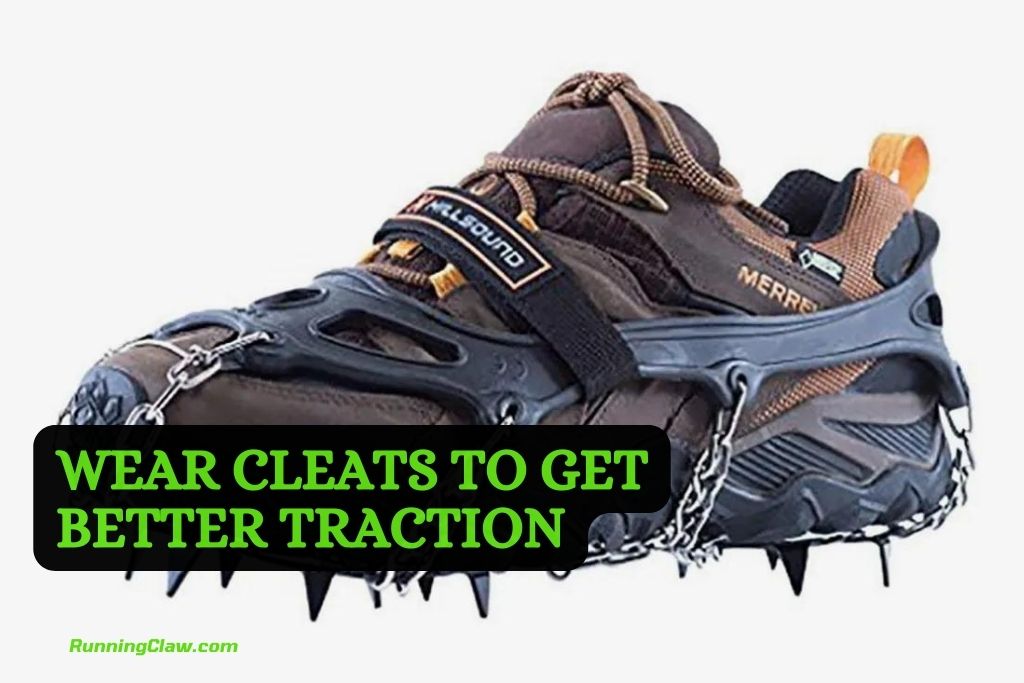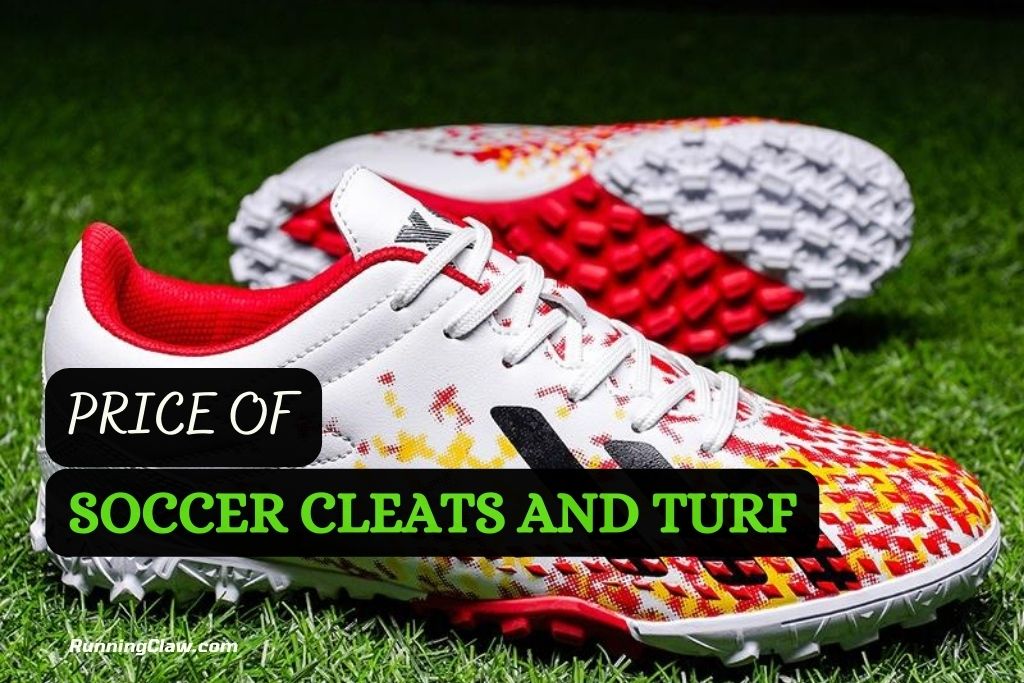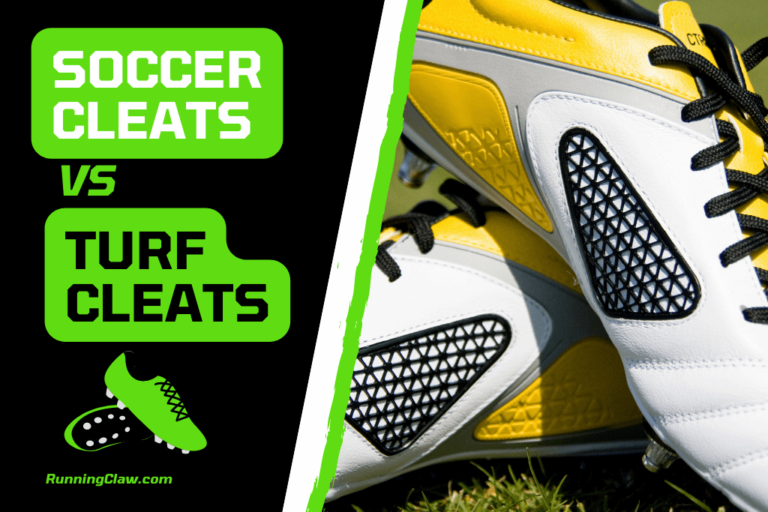Today many players and adults play on artificial turf, but they need to know when to wear shoes with lower studs vs. shoes with regular studs on the bottom to grip the turf.
The facts you will learn in this article are based on my personal playing experience and coaching experience, so make sure that you do personal research as well, and you should try on shoes yourself to make sure what is the perfect style for you and your performance.
Critical Differences Between Soccer Cleats and Turfs Shoes
Difference In the Studs of Soccer Cleats and Turf Shoes
Suppose you compare Adidas speed flow cleats with the Adidas turf model. In that case, you will see that the first model is laceless, that is, firm ground shoes, which means it has longer studs on the bottom to grip into the ground to ensure that you have good traction when you are running and changing direction.
On the other hand, the turf has laces, and its studs are also present, but they need to be longer than the Adidas speed flow model. They are shorter than studs on regular firm ground shoes.
So, what makes these two Adidas models differ? Don’t worry. All of your questions will be answered if you read this post.
Sole
If we talk about the sole of both cleats, it is the same whether it’s soccer cleats or turf cleats.
Sole of Cleat

Cleat usually weighs less than a turf model because it employs a sole plate made of a different material that is much thinner, more plastic, and contains carbon fiber, which makes it extremely light.
Sole of Turf
The turf model is heavier since it requires more material and has a thicker sole to provide extra support.
Texture
The textures of both shoes are slightly different, but still, they are similar because they are the same model.
While looking at weight, texture, and material, the main difference is the soleplate.
The soleplate of firm ground has studs that enhance your ability to change directions and grip the ground.
This can be made for firm ground when you are playing on regular grass that could be made long for hard ground.
However, you have to choose cleats that dig into the floor’s surface, which will help you move forward faster or change directions from side to side.
You can also use these on artificial turf with rubber pallets, giving you the same effect.
Safety
Soccer boots for the field are said to be safer than those for the court. Turf shoes are made with support and padding for protection.
To reduce the risk of slipping during play, turf soccer shoes have studs on their soles. Running causes a sudden change in direction; thus, having a firmer surface grip and higher ankle support reduces your risk of injury.
Your foot temporarily stops moving when you stop moving, but the rest of your body keeps moving.
Let’s talk about some common question related to both cleats. I would recommend to eat the cleats for better grip, speed and control.
Wear cleats to get better traction

Wear cleats as much as possible if the conditions are correct or if the surfaces are suitable because it is going to be the lighter shoes that will give better explosiveness in my speed. After all, the studs are easy to stick to grind and can provide traction between the foot and flour.
When should I wear Turfs?
Artificial turf shoes are great when the turf is much lower or you are playing on carpet or astroturf.
Can I Wear Turfs on Hard Ground?

When there is no rubber palette inside that turf, the turf will be much harder and flatter. The spikes or studs on the firm ground cleats will not dig in as well, and there are chances that you will slip while playing on that kind of surface. In that case, artificial grass or turf shoes are significantly better.
Can I wear Cleats on Hard Ground?
You should not wear firm ground cleats on a hard ground floor, so if you are playing on a cement hardwood floor, don’t wear cleats, you are going to lose your balance, and you will fall; you are not going to change direction as well, in result, you will ruin cleats as well as surface.
Don’t wear artificial turf shoes if you are playing on soft ground or long grass; we do not deny that they have studs, but they will not stick when wet.
You might wonder if the artificial cleats are flat so that you can wear them for indoor play.
Can I wear Cleats for indoor play as well?

The answer is yes, you can, but you shouldn’t. The reasons are somehow simple and straight forward. If you are playing on a hardwood floor, basketball gym, tile, or something like that, these studs will catch a lot of friction, and you can get injured.
In that way, they will catch on the floor and drag on that cord’s surface.
But this is a great way to go with artificial grass shoes if you are playing on indoor turf or thin turf that does not have pellets.
Price of Soccer Cleats and Turf

High-end firm soccer cleats are more expensive than indoor shoes or artificial turf versions of the same brand.
You will receive much support on the soul if you choose artificial turf shoes if cost is an issue and you want a specific shoe for playing on short artificial grass.
You may also like:
Why Do Soccer Players Wear Cleats?
Can I Wear Football Cleats For Baseball?
Can I Wear Softball Cleats for Football?


